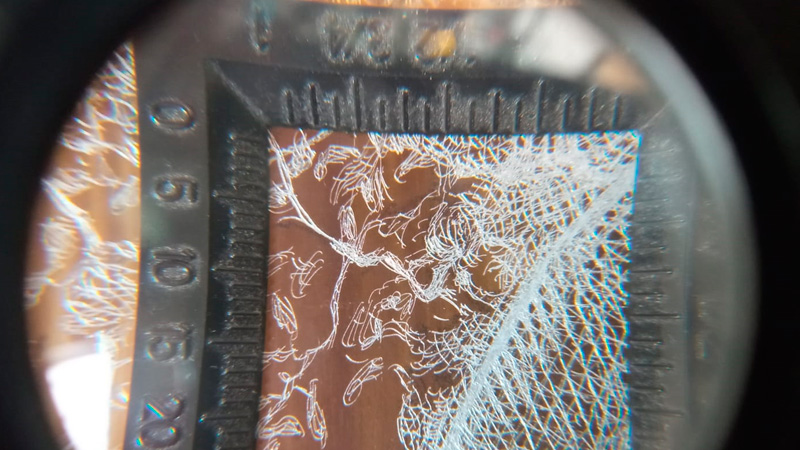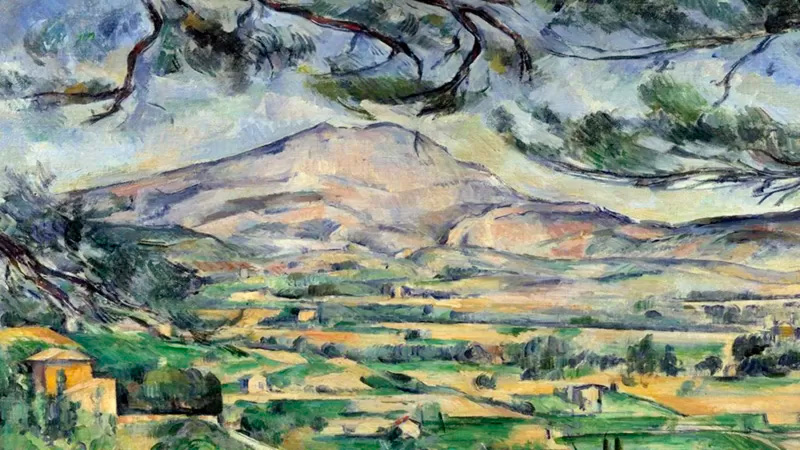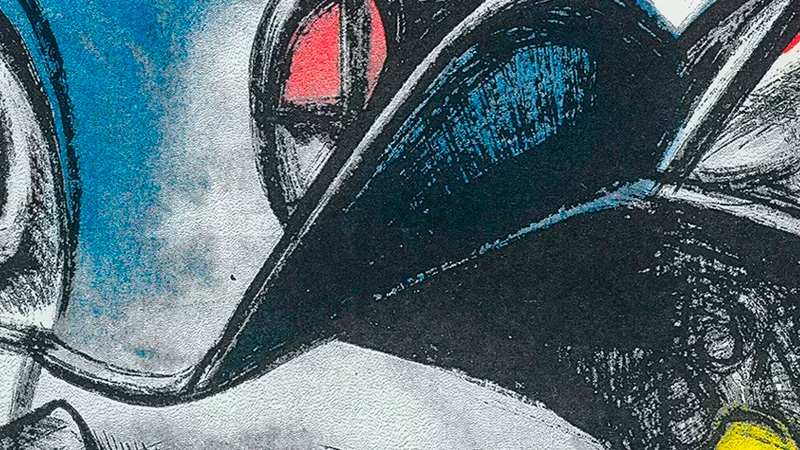We speak of serial work when there are several copies of an item, being its primary characteristic increased affordability for the collectors compared to the single artwork. Producing a certain number of prints – duly signed and numbered – decreases the price, as the overall production cost is divided by the number of printings in the edition.
A graphic work – or, in a broader sense, a printed artwork – is actually an original work made available to a larger audience. However, printed art has often been considered a minor work, thus being degraded compared to the artist’s ‘unique’ works.
According to Javier Maderuelo [1], the multiple manifestations of an artist’s printed production does not lack “artistic value”. If an artist prints and manipulates a poster, a letter or even an invitation card, these objects obviously keep an artistic value despite their aesthetic qualities were often overlooked as’ works of art.
Such qualities allow establishing another classification of art different from the one the historiography of art traditionally applied to the ‘work of art concept, which was decisively shaped by the powerful, prosperous art market. Some of the items within this taxonomy are as follows: artist’s books, bookworks, exhibition catalogues, magazines, fanzines, assemblings, multiples, monotypes, series, cards, posters, mail art, projects and works in the margins of printing.
First, printed works are another means of artistic expression with their own language, with specific techniques and methods. But no less important, prints instantiate the will to produce a work of art attainable to a broader audience without missing its authenticity.
Therefore, the artist will be responsible for running off printed works by following quality criteria that do not detract from the standards of the ‘unique’ artworks. The originality of this work stems from the artist’s direct intervention in the design and execution of the image and its original printing medium.
It is also usual that the artist works on the image by adding handmade variations or using other techniques that make it original and unique.
The artist’s prestige and the number of artworks – current or future – available in the art market are essential factors in determining the price of the printed word. But also, are the technique, the print’s dimensions, and the number of copies per edition. It is thus indispensable to numbering each printing in an edition by stating the overall number of printings and providing the author’s original signature.
Each copy within an edition will be signed, numbered, and will include a certificate of authenticity. The series may consist of one or several artist copies and, in some cases, might yield a special edition, exhibition copies, or even be an ‘hors de commerce’ edition.
An author’s printed work is of the same nature as a ‘unique’, original work. But the only reason that it is more affordable than the ‘unique’ work is that it has been produced as a series of items whose price has been previously assessed. Therefore, serial art becomes an excellent formula for collecting and a good option for starting collectors who do not want to make large outlays, especially if they trust the work of emerging or recognised artists.





